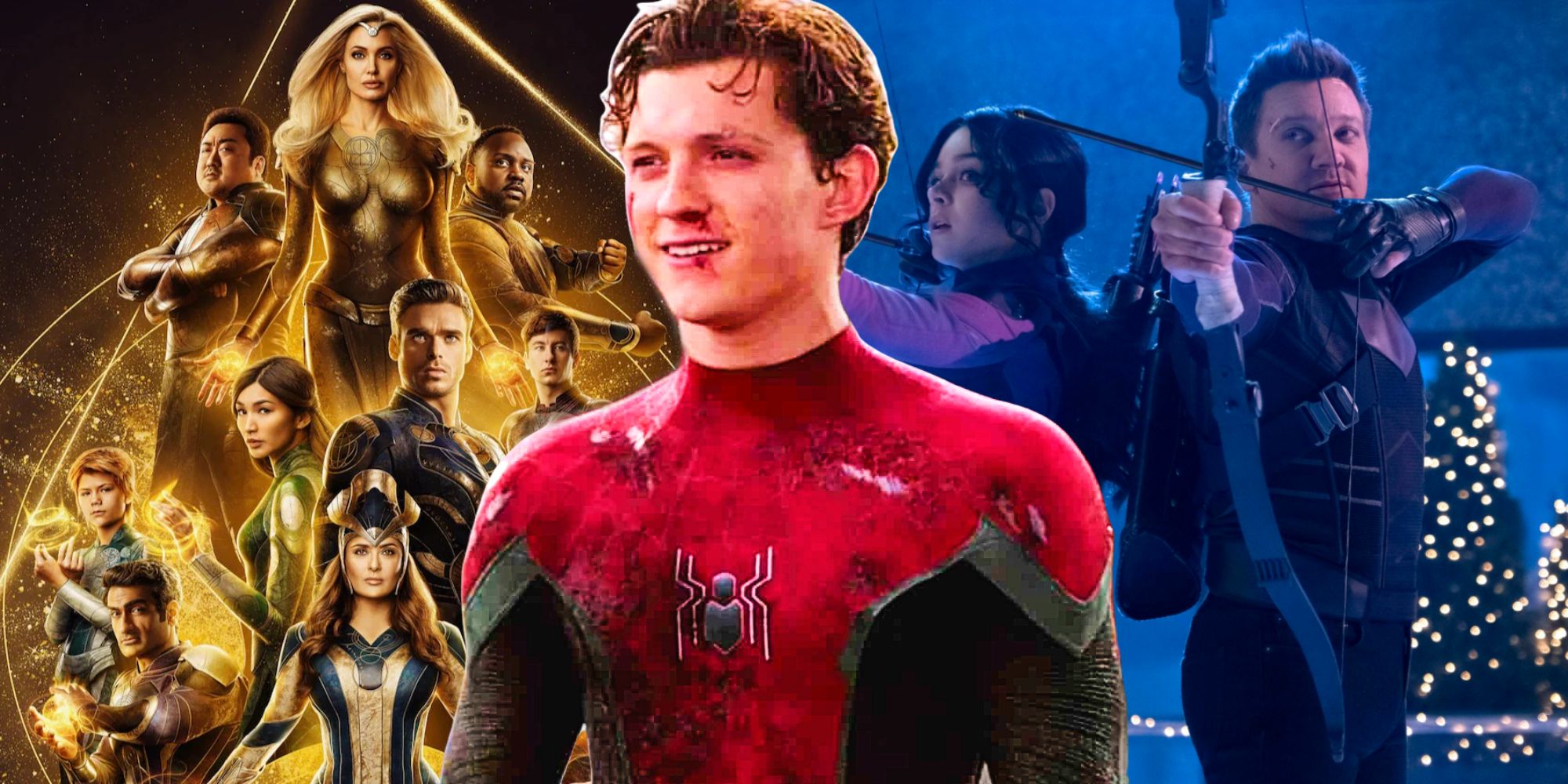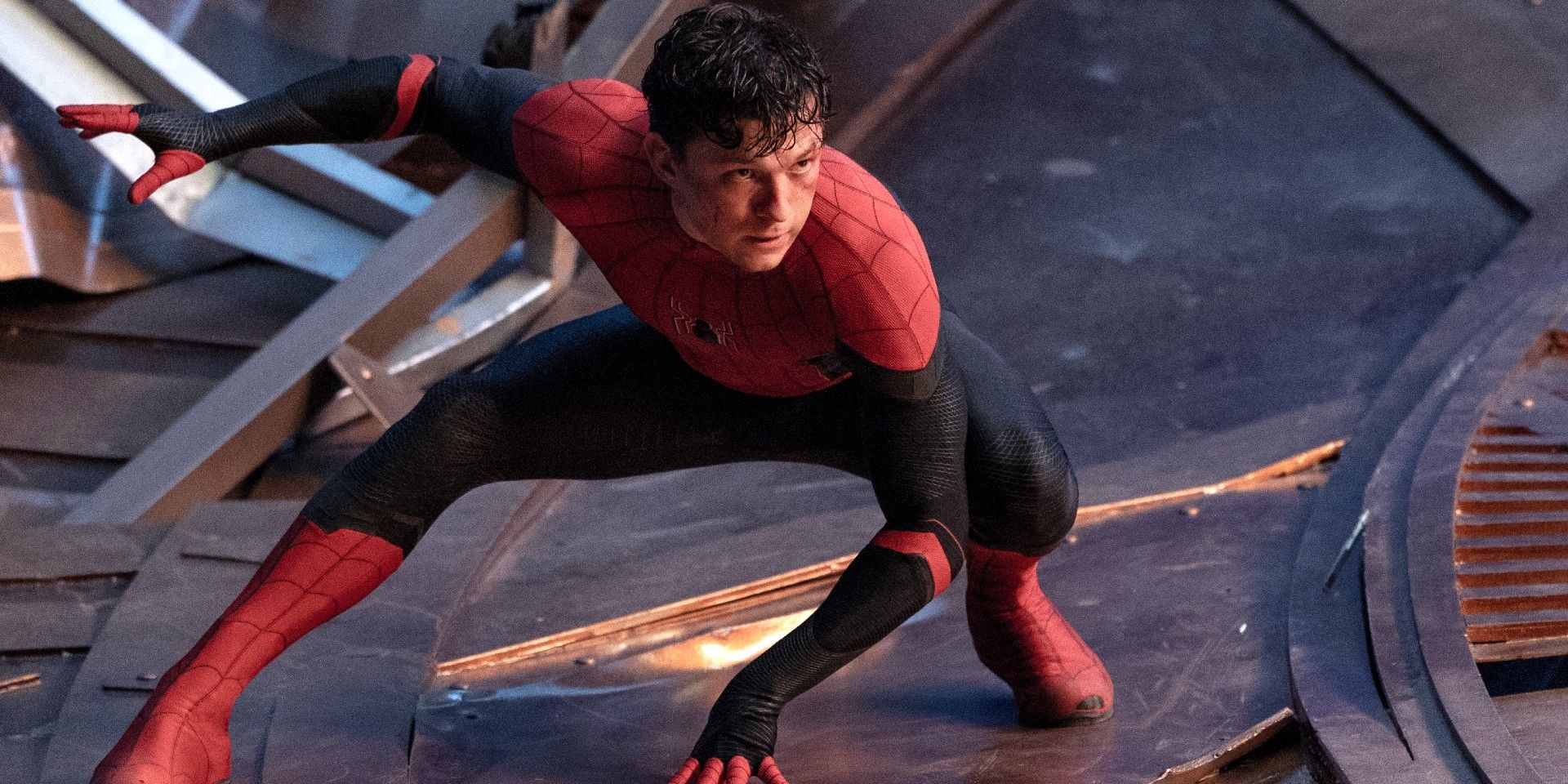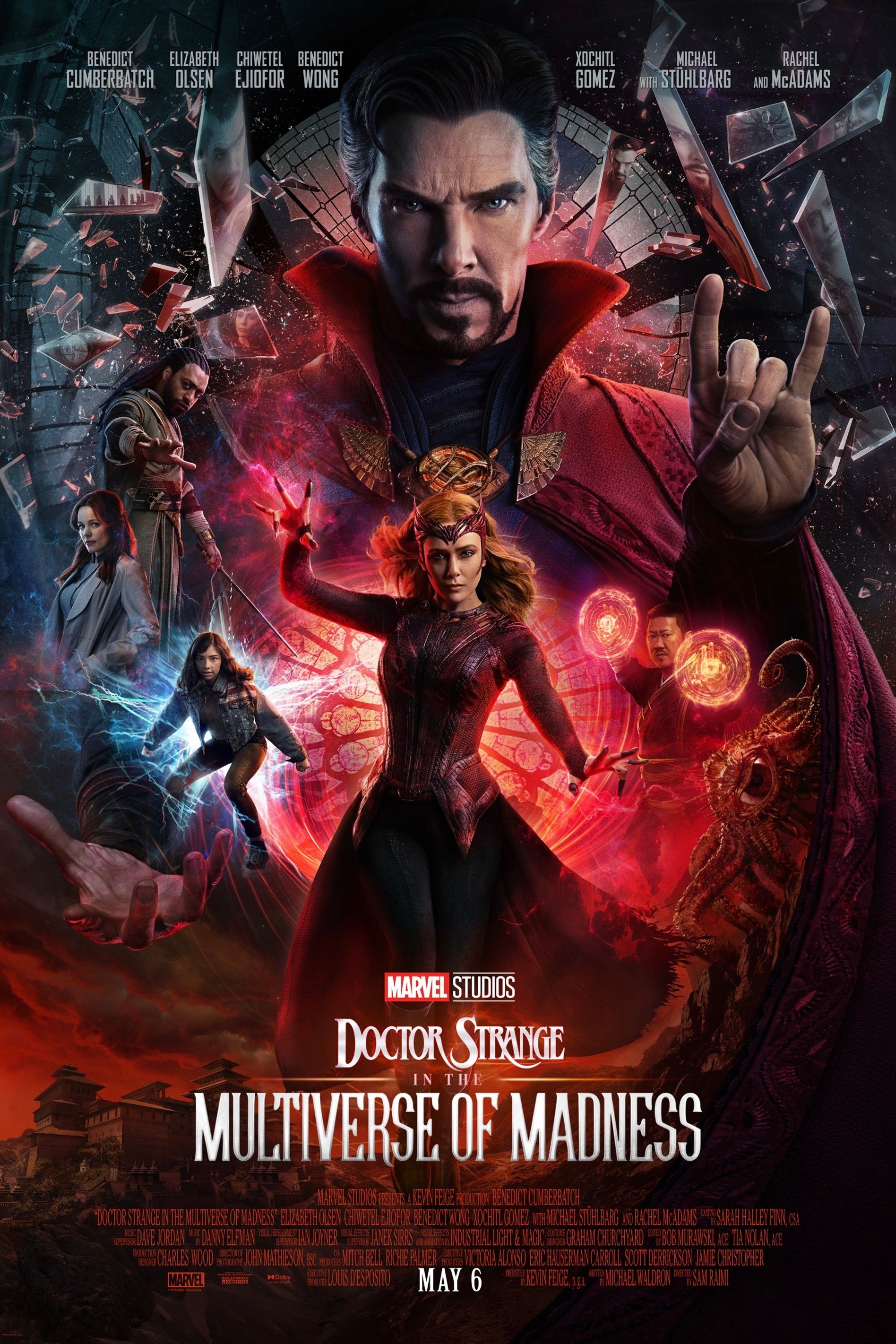Warning: SPOILERS for Spider-Man: No Way Home.
Tom Holland’s Peter Parker returned for his biggest solo adventure yet in Spider-Man: No Way Home — here’s where in the MCU timeline the movie was set. Since its debut in 2008, the often-overlapping chronology of the Marvel heroes’ adventures has become increasingly muddled. Funnily enough, the MCU timeline was famously broken by Spider-Man: Homecoming. From there, cracks continued to persist despite efforts to bring the chaos back under control. Fortunately, Spider-Man: No Way Home further utilized the somewhat fresh start created by Avengers: Endgame and told its story within a very specific window.
Following the ending of Spider-Man: Far From Home, wherein Mysterio (Jake Gyllenhaal) revealed Spider-Man’s secret identity to the world, Peter Parker sought to undo the fallout. In that quest, he turned to Doctor Strange (Benedict Cumberbatch) for magical assistance. Unfortunately, the spell ultimately went awry — causing several villains from Spider-Man movies past to crossover into the MCU. Rather than simply send them back to, in some cases, their fated deaths, Peter aimed to cure the returning Doctor Octopus (Alfred Molina) and the others of their villainy, thus giving them second chances in their respective worlds. Tragically, that decision paved the way for further pain and dramatic losses in Peter’s young life. All of which took place against the backdrops of some significant holiday periods.
Spider-Man: No Way Home picked up mere moments after the shocking revelations delivered by J. Jonah Jameson (J.K. Simmons) in Spider-Man: Far From Home — which itself took place eight months after Avengers: Endgame. As a result, Peter Parker’s latest adventure was set well after the events of WandaVision and Loki. Equally, that put Spider-Man: No Way Home two months after the simultaneous events of The Falcon and the Winter Soldier and Eternals' timelines. The dramatic conclusion of the latter wasn’t mentioned. Still, the emergence of a creature from the Earth’s core likely lent inadvertent credence to Mysterio’s lies, since that’s what he claimed the Elemental creatures similarly drew energy from.
Another definitive sign of Spider-Man: No Way Home’s place in the MCU timeline came from a more literal source in the opening minutes. As Peter Parker and MJ (Zendaya) fled the chaotic fallout of Spider-Man’s unmasking, they swung by not one but two billboards for Rogers: The Musical. That stage production was, of course, depicted fully on-screen in Hawkeye episode 1, “Never Meet Your Heroes.” Whether it was released over that summer or still coming soon, however, was left unclear. Whatever the case, Spider-Man: No Way Home taking place before Hawkeye was clarified by the movie’s eventual progression to around Halloween. Given that MJ’s boss reiterated that the coffee shop’s decorations needed to be taken down, it was at least a few days after October 31st.
The fact that Spider-Man: No Way Home served as the lead-up to the adventure of Clint Barton (Jeremy Renner) and Kate Bishop (Hailee Steinfeld) was also teased during Peter Parker’s battle with Doctor Strange. As they raced through the mirror dimension’s version of a mall, festive music could be heard. Equally, Spider-Man: No Way Home concluded with the friendly neighborhood Spider-Man swinging over ice skaters and past the Christmas tree in Rockefeller Center. As such, it could be imagined that he did so shortly before Hawkeye and his family arrived to admire it — since they would no doubt have mentioned if they’d seen him.
Spider-Man: No Way Home being a direct precursor to the Disney+ MCU series was also hammered home in Hawkeye episode 5, “Ronin.” As Kate Bishop conversed with Yelena Belova (Florence Pugh), the former Red Room operative mentioned wanting to visit the updated Statue of Liberty. Now adorning a replica of Captain America’s shield, the landmark was the venue for Spider-Man: No Way Home’s destructive final battle. Yelena’s statement implied it had at least been significantly repaired in the time since. Like Hawkeye, a gag that involved obscuring the year after 20- was also present in Spider-Man: No Way Home. As well as emphasizing that even Marvel realizes their timeline - and the MCU Phase 4 multiverse - is a mess, it allowed both outings to go hand-in-hand in becoming future holiday classics.







